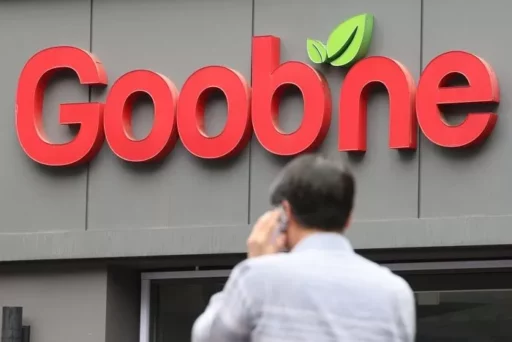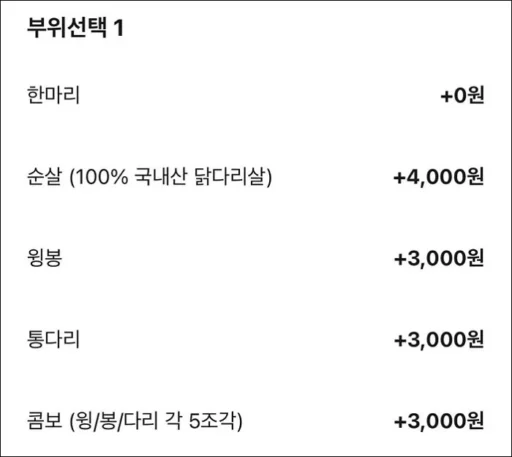Reasons Why Boneless and Combo Chicken Were Frequently Sold Out on Delivery Apps
Since last winter, confirmed cases of avian influenza and unusual temperatures have caused some chicken franchises to experience disruptions in the supply of chicken.
Some franchise owners that primarily sell bone-in and boneless chicken menus have found themselves in situations where they have to cancel incoming orders due to a lack of chickens to fry.
On the 15th, the Goobne Chicken Franchise Association mentioned that the supply of boneless chicken was limited between February 1 and 19, and they lamented that the chicken supply has remained unstable since March 19.
Pise-jun, the chairman of the Goobne Chicken Franchise Association, stated, "When we order 10 boneless chickens from headquarters, only about 3 arrive, making it difficult to sell the menu." He claimed, "Compared to last year, during this period of inadequate supply, sales have dropped about 20%."

Goobne Chicken explained, "The decrease in chicken supply is due to a combination of reduced slaughter volume caused by avian influenza, accumulated inventory of chicken breast from poultry companies, and damage to poultry farms due to wildfires in the Yeongnam region, leading to a temporary inability to provide stable supply to all stores."
They added, "If this supply issue overlaps with the summer peak season, it might be challenging to resolve in the short term," stating that they are prioritizing the stabilization of raw material supply and are working on strategies such as diversifying supply chains and menu variations to stabilize supply.
Not only Goobne Chicken, but also other chicken franchises that focus on boneless menu items, like PuraDalk Chicken and Kyochon Chicken, are experiencing difficulties in securing chicken supply.
Previously, in February, when some Kyochon Chicken franchise owners demanded a reduction in logistics costs and normalization of chicken supply, the headquarters agreed to compensate if the average annual amount of chicken received falls below a certain level and to lower logistics costs.

The Ministry of Agriculture, Food and Rural Affairs pointed out that last year's outbreak of low-pathogenic avian influenza, unusual temperatures, and significant temperature differences at the beginning of this year resulted in continuous disruptions in the development of hatchery eggs.
Hatchery eggs are the eggs that are incubated and then shipped as edible chickens. Typically, the incubation period until shipment takes about 50 days.
An official from the Ministry of Agriculture, Food and Rural Affairs explained, "If the supply of broiler chickens decreases by just 1%, it creates problems in the market supply, and this year, up until last month, the shipment volume has decreased by about 4.3% compared to the same period last year."
He further stated, "The industry anticipates that the health situation of the hatchery eggs recently entered into incubation is improving, and by the end of next month, chicken companies should be able to receive chickens without issues."

Image sources: News1, screenshots from the Baedal Minjok application, reference photos for the article / gettyimagesbank


